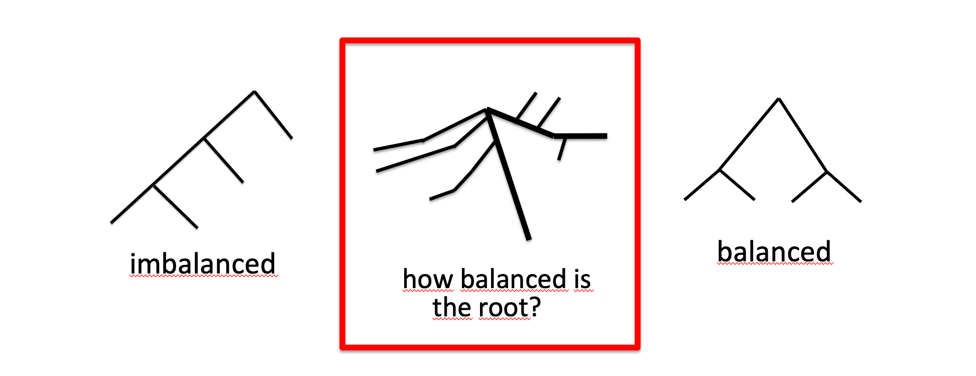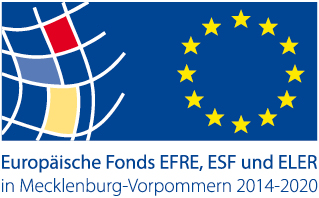Biomathematics is a research area that models biological processes and seeks to answer biological questions with mathematical methods. Biological applications that can benefit from biomathematical modelling are manifold: Biomathematical research takes place on a small scale, e.g. in the study of dental diseases (Fábregas 2014), cancer (Altrock et al. 2015) or heart problems (Cain 2011), as well as on a large scale, e.g. regarding epidemics (Kiss et al. 2017) or entire ecosystems (Pastor 2008). The biomathematical subproject of DIG-IT! is concerned with the latter.
Modern mathematics embodies the basis for digitization, e.g. by providing necessary algorithms and methods; at the same time digitization in turn inspires mathematics. This by far exceeds the constant need for adaptation and improvement of mathematical methods used for digitization: Digitization leads to enormous amounts of data (keyword “big data”), which in turn require completely new mathematical and statistical approaches to enable their analysis. Thus, this cross-fertilization between mathematics and digitization constantly accelerates not only digitization research, but also various mathematical areas, such as statistical data analysis.
Digitization has therefore increasingly changed biomathematical research in recent years, but this does not affect all biological applications to the same extent. For example, evolutionary research already has many semi and fully automated methods at its disposal that hardly require human intervention anymore: From genome sequencing to sequence aligning based on the search for homologous structures in the DNA of various species to the reconstruction of phylogenetic trees subject to certain optimization criteria, there already exist numerous software tools which perform many of these tasks almost unassistedly.
In ecology, however, digitization has not yet been realized to the same extent. This is largely due to the fact that a lot of ecological data consist of complex image recordings, whose evaluation is highly complicated. This to-date still requires extensive manual intervention by experts in order to extract relevant information from these data.
It is one of the goals of DIG-IT! to overcome this challenge and thus enable ecology to reach the same level of automation that has long since become a common research standard in other disciplines. Presumably, this automation will lead to structural changes and will thus have a major impact on basic ecological research in the long term. DIG-IT! will therefore help to advance theoretical ecological research and indicate new research directions.
In addition, basic biomathematical research will also benefit from DIG-IT! as mathematical methods have to be improved or even newly designed in order to enable their application to ecological data. Digitization enables the recognition of structures in nature that are already well known and described by mathematics. This allows for completely new analysis methods, which can, particularly in ecology, lead to insights of social importance expanding the area of theoretical basic research in which mathematics is usually located.
This is where the biomathematics subproject within DIG-IT! joins in. It represents the interface between theorists in the deep learning subproject and ecological users in the other subprojects. The biomathematics subproject shall primarily analyze to what extent the results of self-learning algorithms agree with those of the respective ecological experts and in how far they can be improved by novel methods. For example, linking various newly collected data structures (e.g. image and sound recordings concerning bat recognition) and testing mathematically to what extent existing data can be used to validate the algorithms (for example, the automated classification of bat species according to similarities on image recordings ( "clustering") could be compared with conventional clustering methods such as Neighbour Joining (Saitou & Nei 1987) based on publicly available DNA data, e.g. in GenBank), is quite conceivable.
Moreover, the biomathematics subproject within DIG-IT! shall also provide completely new conceptual approaches which are merely enabled through the availability of digitized data. For instance, mathematically speaking, roots can be represented as connected graphs (usually graph-theoretical trees, but sometimes also networks). Such graph-theoretical trees can be "balanced" if branchings are fairly evenly distributed, or very "imbalanced" if, for example, the root growth is very unidirectional and spatially not evenly distributed. In periods of drought, for example, roots sometimes have to grow deeper to reach water. An inhomogeneous distribution of nutrients in the soil could also have an impact on root growth. With the help of digitized temporal root recordings, a large repertoire of data will be available to apply graph-theoretical balance indices to roots for the first time, based on which hypotheses about the nutrient composition in the soil can be set up and tested. Regarding the optimization of fertilizer usage in agriculture, this might be of great social importance – but it will also be of great interest for biomathematics itself: There already exist various balance indices, the suitability of which for such parameter determinations has never been tested. In addition, to-date there exist no 3D balance indices. These shall be developed and tested within the scope of DIG-IT!.
Furthermore, other structures which are automatically recognized within the scope of the digitization of ecological image data shall be mathematically extracted and analyzed within DIG-IT!. Such new possibilities resulting from the digitization of ecological data shall be investigated as part of the “explorer” function of the biomathematics subproject within DIG-IT! and thus further enhance the mutual benefits gained by coupling biomathematics with ecology.
Thus, not only should ecologists be given the chance to gain biomathematical and digital experience. It is rather an additional goal of DIG-IT! to qualify ecologically well-trained biomathematicians who are able to further develop and adjust biomathematical concepts in order to tailor them to ecological applications.



